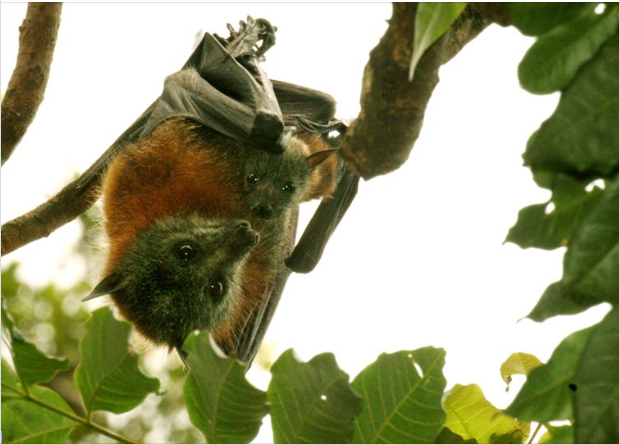Sydney Bats

Sydney BatsJanuary 8 at 7:53 AM
In the last few weeks, extreme heat has affected our flying-foxes. This and the bushfires currently ravaging eastern Australia are all related – with a warming climate, heatwaves are becoming more frequent and severe, which is exacerbating the bushfires, and also directly causing casualties in flying-foxes.
We’ve mentioned in previous posts that before Christmas, extreme conditions in South Australia killed over 10,000 flying-foxes in a couple of days, and 3-4,000 animals in Victoria.
This last week, we’ve had extreme temperatures in the Sydney and Hunter regions, so much so that on one day Penrith in western Sydney was the hottest place on the planet at 48.9 C.
https://www.theguardian.com/…/australian-weather-canberra-a…
This burst of extreme temperature has resulted in mass fatalities of flying-foxes in many camps in the area, made worse by the fact that the flying-foxes are in big numbers in this region, as south of Sydney is basically a burnt wasteland… and that many of the animals are probably weakened by having to fly long distances to escape the fires.
Even Sydney Bats’ home camp has had mass fatalities. We don’t usually experience this, as the valley the camp is in is heavily vegetated and protected – but the storm that went through the local area in November last year caused damage to the vegetation in the valley, leaving it more exposed
https://www.theguardian.com/…/sydney-storm-power-cut-to-470…
– and we currently have double the usual number of bats resident for this time of year, a result of bats trying to escape the fires…
It’s quite common for people to claim that “it’s just nature”, or “survival of the fittest”, or “we’ve always had heatwaves”.
But this isn’t normal. Yes, in Australia there’s always been heatwaves, and droughts, and fires. But they are becoming more frequent, and more severe. Which is in line with predictions made by climate scientists.
For our wildlife, this is hitting combined with decreasing habitat, and being forced into less suitable and less protective environments.
Wildlife rescue groups have been doing what they can, but their ability is limited in these extreme conditions.
Like the Rural Fire Services who are trying to actively fight the bushfires, there’s not enough resources available to do the job effectively – so compromises have to be made…
There’s some good links available which show the scale of the devastation – I’m deliberately just going to link to them here rather than share them, with the caveat that yes there’s good information but it’s distressing…
A great Nat Geo article, with some brilliant pics by photographer Doug Gimesy:
https://www.nationalgeographic.com/…/flying-foxes-are-dyin…/
Our sister site, Sarah’s Bats, has a couple of posts about the events:
https://www.facebook.com/sarahsbats/